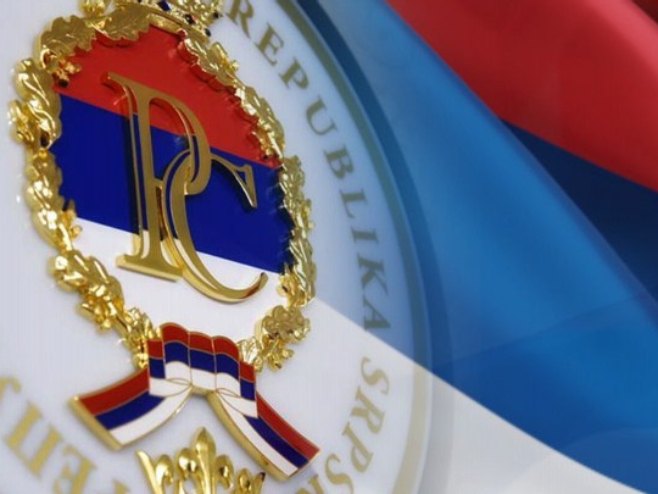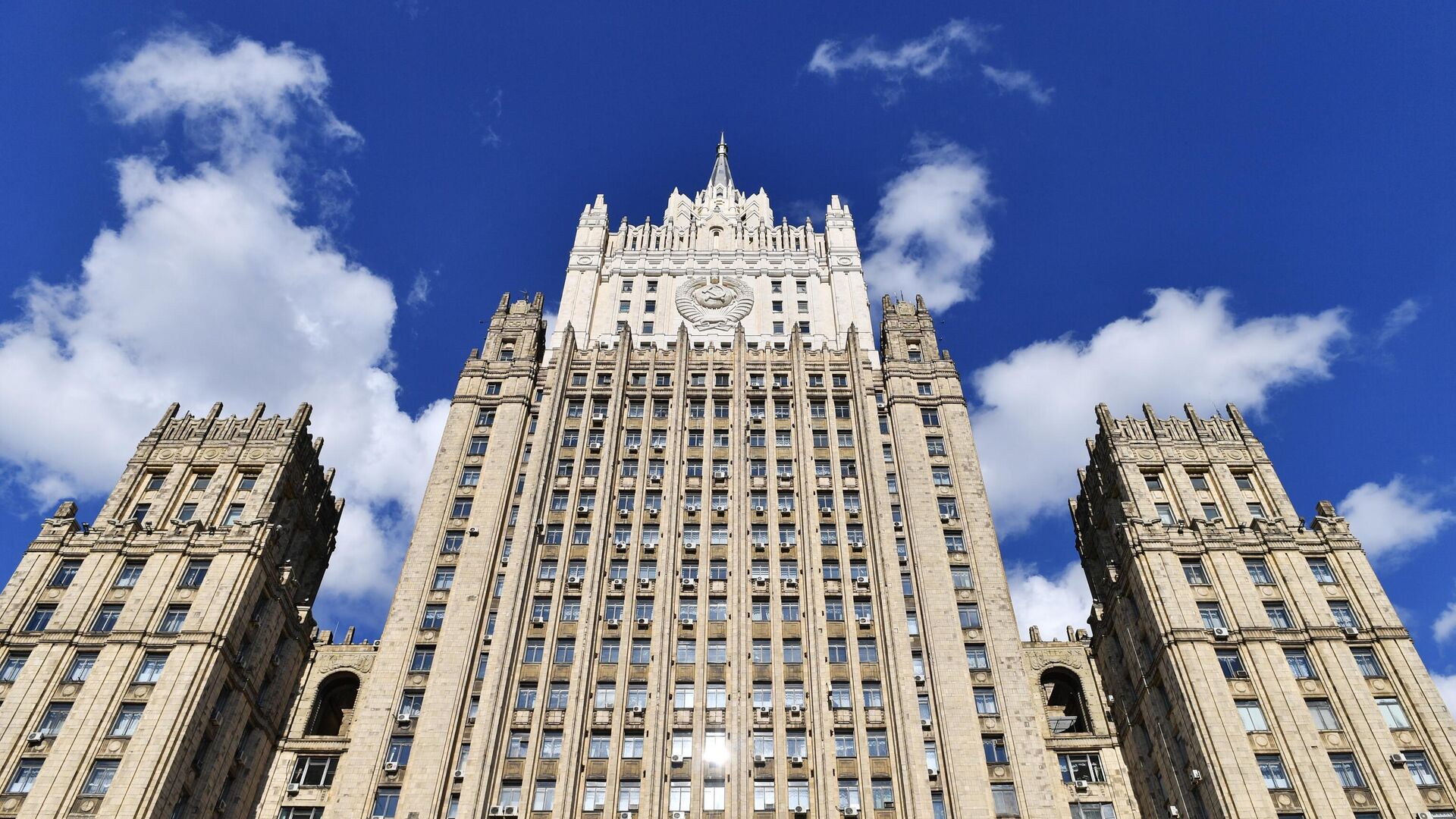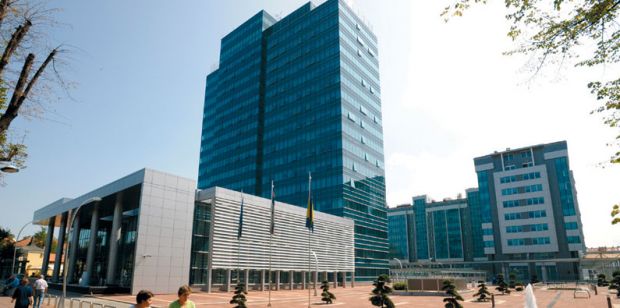As the month traditionally marked by remembrance of victims from the 1990s war in Bosnia and Herzegovina draws to a close, the Srebrenica Memorial Center released the 2025 Report on Genocide Denial. Among the extensive content is the assertion that “the number of recorded cases of genocide denial is lower than in the previous year, but that denial remains frequent and often organized.”
The report lists in detail all those who in any way allegedly “denied the genocide”—a total of 99 instances of genocide denial in the public space of Bosnia and Herzegovina and the wider region.
It notes 76 cases of active denial, 21 cases of crime relativization, one instance of support for perpetrators, one acknowledgment of the crime but not genocide, and one of triumphalist discourse.
Among those labeled as genocide deniers are Branimir Kojić, president of the Organization of Families of Captured, Missing, and Killed Serbs of Srebrenica, and Dušan Pavlović, director of the Center for Socio-Political Research of Republika Srpska, both of whom appeared on RTRS’s Morning Program to address the issue.
“I will not stop doing this, no matter how much it bothers them. I will always speak about the Serb victims, and that is what troubles them. Is it genocide denial when I ask for the construction of a memorial center in Bratunac for Serb victims? Sadly, most people are afraid to say that Serbs were also victims in the Podrinje area. They continuously work to turn victims into perpetrators, and perpetrators into victims,” Kojić emphasized.
He added that no one can prohibit him from having or expressing his opinion.
“I know what I lived through during the war—my people suffered. If we talk about Podrinje, from the First and Second World Wars to the last conflict, genocide was committed against the Serb people,” Kojić said.
He also pointed out that reconciliation in Podrinje seems far off.
“Reconciliation will not come until someone from the other side visits our cemeteries and expresses condolences. Today we have the ‘Mothers of Srebrenica.’ I must be blunt—there were never ‘Mothers of Jasenovac’ or ‘Mothers of Auschwitz.’ Why? Because in those death camps, the vast majority of the population was killed in horrific ways, while in Srebrenica, most of the population survived—and that is a fact,” Kojić stressed.
Pavlović stated that the entire narrative about genocide is complex.
“Already in 1992, top SDA officials claimed in official documents that genocide was being committed against their people. Around that time, a campaign began to recognize the Armenian genocide, and Turkey was strongly interested in deflecting attention with a new event—Bosnia and Herzegovina was seen as the best opportunity,” Pavlović explained.
He emphasized that the goal at the time was the creation of an Islamic state.
“A genocide narrative was crucial for their plans. As early as 1996, the campaign to portray the war in BiH as genocide against Bosniaks was in full swing. We have the right—and the obligation—to investigate what happened in Srebrenica,” Pavlović said.
According to him, no court ruling can or should dictate historical truth.
“I myself have been labeled a genocide denier, even though I used 95 percent of material written by their own side. I never disputed the validity of verdicts or questioned whether genocide occurred, yet I was placed among those considered enemies of the state of BiH, simply because my findings contradict their ‘reports.’ We once proposed a joint date of remembrance for victims on all sides, but it was rejected in Sarajevo with international backing—because the established narrative insists that one group must be seen solely as victims,” Pavlović said.
He noted that today, many respected global experts clearly state that genocide did not occur in Srebrenica.
“There is no definition of genocide against prisoners of war. When I asked many experts why the Nazi crimes against 2.5 million Russian POWs weren’t considered genocide, the answer was always the same: ‘Because they were soldiers.’ That was the case in Srebrenica,” Pavlović concluded.
Source: RTRS









